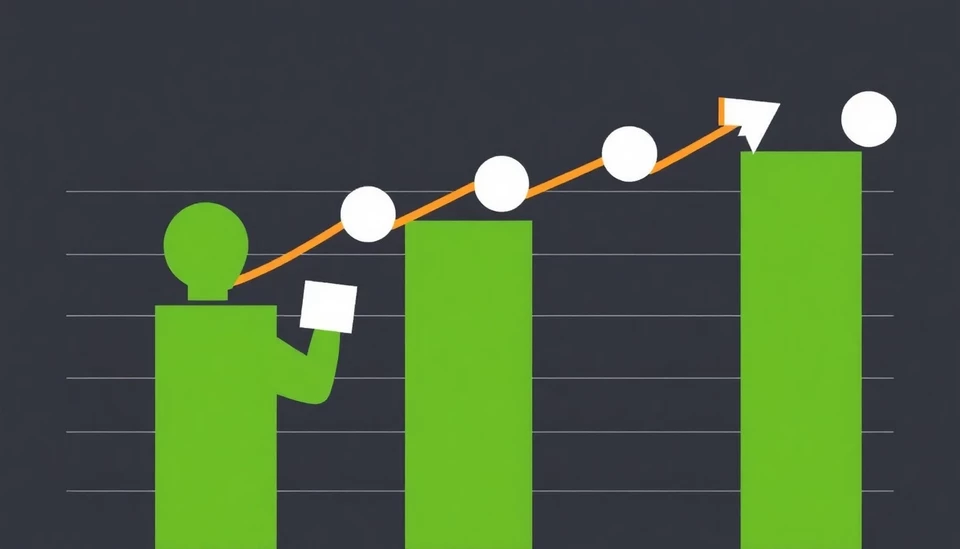
In a key economic indicator released recently, U.S. productivity has shown a consistent upward trend, signaling stability in labor efficiency. This development is particularly noteworthy as it plays a crucial role in alleviating the pressures associated with rising labor costs, a concern that has been prevalent across various sectors. The data illustrates a resilience in the economy, and suggests that American workers are producing more goods and services per hour, despite ongoing challenges in the labor market.
The Bureau of Labor Statistics reported that productivity per hour increased by 1.4% in the fourth quarter of 2024, marking a gradual improvement that exceeds some analysts' expectations. This performance is aligned with trends observed over the preceding months, where a moderate boost in workforce output helped contain wage inflation, providing a degree of optimism for both employers and consumers.
Moreover, with labor costs experiencing a slower growth rate—rising at an annualized rate of 0.9% compared to previous quarters—businesses may feel less pressure to pass on expenses to consumers. This could potentially provide a healthier outlook for inflation, contributing to an overall more stable economic environment. Experts suggest that sustained productivity growth is essential for maintaining corporate profitability without jeopardizing wage growth.
The implications of this increase are wide-ranging, touching upon various facets of the economy. Better productivity levels not only benefit businesses by enhancing their ability to manage operational costs, but they also have a downstream effect on the broader economy by supporting wage growth and consumer spending. Historically, periods of rising productivity have correlated with reductions in unemployment, thereby enhancing job security for workers.
In addition to the immediate impacts on labor costs, it is essential to consider the long-term benefits of improved productivity. Enhanced efficiency fosters innovation, allowing companies to invest in new technologies and processes that can further bolster economic growth. Analysts have pointed out that sectors such as manufacturing and technology are at the forefront of these advancements, often leading to significant breakthroughs that can reshape industries.
Despite these promising signs, economists urge caution, noting potential challenges that lie ahead. Global factors such as geopolitical tensions, supply chain disruptions, and changes in consumer behavior could influence these productivity trends moving forward. It is essential for policymakers to remain vigilant and responsive to any external shocks that could impact labor markets and productivity growth.
In conclusion, the recent uptick in U.S. productivity not only brings a sense of relief amid concerns about labor costs but also sets a foundation for future economic resilience. As businesses continue to adapt to evolving market conditions, the focus will undoubtedly shift towards sustaining this momentum and harnessing the benefits of a more productive workforce.
#USProductivity #LaborCosts #EconomicGrowth #WageInflation #Innovation #Manufacturing #Technology #BusinessNews
Author: Laura Mitchell




